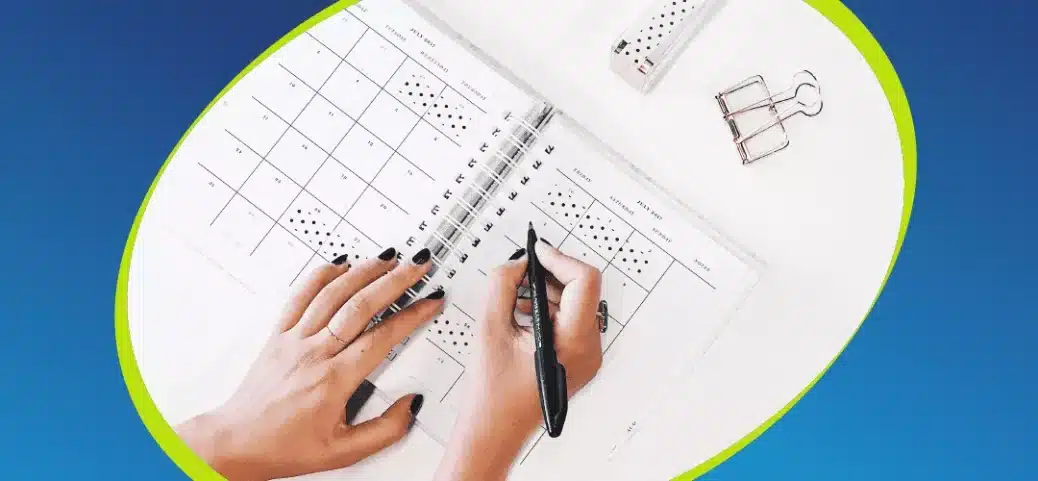A Guide To Creating A Utility Management Plan
You’re about to start a new business, and your head is full of ideas. You’re excited about what’s to come because of the endless possibilities. Before you start shopping for office space and ordering supplies, you need to create a utility management plan. A utility management plan will help your business reduce its energy consumption and costs. It contains a detailed evaluation of your equipment, processes, and overall usage. Creating a utility management plan doesn’t have to be an intimidating process. Here’s a guide for creating a utility management plan for the management of the utilities.
Table of Contents
Understanding the ways in which different energy, waste, and water consumption data affect your company is an essential part of utility management. Costs may be reduced by measuring the amount of energy used on the property as well as by the occupants. And being able to promptly detect instances of waste or difficulties. Last but not least, property managers may save time, energy, and money by employing quality data that can be tracked.
The Administration of Building Utilities Constitutes an Important Component of Building Operations:
According to the National Apartment Association, the percentage of a building’s operational budget that goes toward paying for utilities typically ranges from 10 percent to 30 percent. When a property manager analyzes areas in which they can enhance efficiency, save energy and money, a good place to start is with the management of the utilities that the property uses.
Although lowering one’s energy use is a logical place to start, this is not the only way efficiency can be increased. Property managers devote a significant amount of their work to monitoring the use of utilities and handling the tenants’ billing and payment processes. When it comes to the upkeep of the utility systems, these property managers also have the responsibility of addressing both urgent and routine concerns.
-
Identify Utilities

The first step in creating a utility management plan is identifying all utilities connected to your facility. You should document all utility service providers for each resource and their corresponding account numbers. You should also note which utilities are by meters that belong to your property. And also look in to how they are billed based on your usage from a shared meter or an adjacent property.
It’s also crucial that you take the time to understand how each utility is in operation within your facility. Identify how much energy or water each resource uses and what types of activities it serves. This information can help you determine if you can make any changes to reduce the amount you spend on specific utilities or make more efficient use of a resource.
A computerized maintenance management system (CMMS) and an easy-to-use CMMS software can help you identify the utilities in your facility, plan for their maintenance and repair, and manage them accordingly. You can read more about CMMS software to learn how it works.
-
Assign Responsibilities
When creating a utility management plan, assigning a specific person or department to manage data is essential. Appoint a ‘data manager’ who’ll be responsible for regularly collecting and updating utility data.
This department head should have access to the utility account and be responsible for submitting meter readings to the utility company. The data manager should also contact the utility company if there are any problems or irregularities with energy bills.
Sometimes you cannot assign one person within your organization as the data manager. The next best thing would be to designate a department head within each department that uses utilities such as electricity, water, natural gas, etc.
-
Establish Organization Processes

Organization is crucial for any operation, and utility management is no different. The better you are at organizing your systems and procedures, the better you’ll be able to reduce waste and drive efficiency. It can be essential when it comes to managing utility bills. If you’re able to locate bills quickly and accurately, you’ll be able to respond faster when something goes wrong.
The first step in creating a solid organizational system is determining where the utility bills will be delivered. In smaller companies, this person may be the person in charge of managing utilities. However, as your company grows, those bills may need to go to the accounts payable department or the general accounting department.
To streamline receiving and reviewing these bills, try coordinating with your vendors. So that your electricity, gas, water, and sewer bills come on the same day each month. You can set aside time each month to review all of your accounts at once instead of having them trickle in throughout the month.
Utility management strategy with Smarter Business
At Smarter Business, we are revolutionizing how businesses manage their energy and water needs by returning power to the consumer. Assume that you want to build and execute a custom Strategic Utility Management Plan that meets our customers’ requirements. Then, carefully collaborate with them to understand their business objectives and issues.
A talented group of Account Directors who manage the client connection form the basis of our service. They make sure we produce a cohesive solution, including everything from procurement and tenders to compliance and accreditations.
The Smarter Business team is enthusiastic about providing client assistance and excellent customer service.
Pinpoint your problems and design a specialized Management Plan for your company.
Smart strategy makes sure that your plan is continuously gets better.
Your strategy will reduce risk, regulate consumption, control prices, and reduce carbon footprint.

Ananya Prisha is an enterprise level Agile coach working out of Hyderabad (India) and also founder of High Level PM Consultancy. Her goal has been to keep on learning and at the same time give back to the community that has given her so much.











